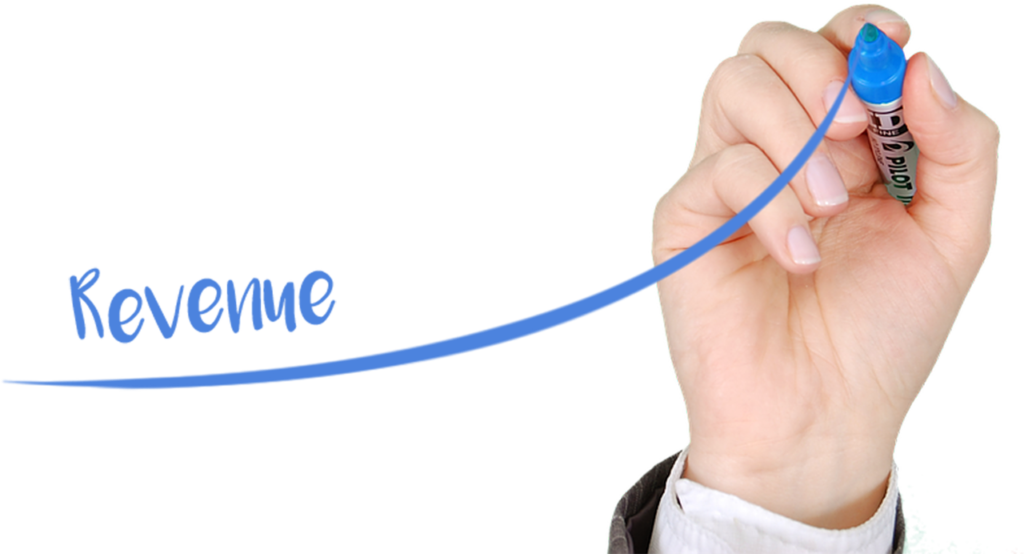Google Ads is a robust tool to help you reach your target audience and achieve your marketing goals.
However, before you launch a campaign, it’s important to set some clear goals.
What do you want to achieve with your campaign? Do you want to generate leads, drive traffic to your website, or promote a new product?
Once you understand your goals, you can create targeted and effective ads. However, there are a few key elements that every successful campaign should have.
1. First, your ad should be appropriate to your target audience. It should also be well-written and persuasive, with a clear call to action.
2. In addition, your landing page should be optimized for conversion, with a powerful offer and an easy-to-use form.
3. Finally, you should track all of your results so that you can continually improve your campaigns. By following these guidelines, you can ensure that your Google Ads campaigns successfully achieve their goals.
Here are five goals that every Google Ads campaign should have to get you started.
Goal 1: Increase brand awareness.
Boosting brand awareness should be the first goal of every Google Ads campaign. Without a strong brand, businesses will struggle to attract new customers and retain existing ones.
There are several ways to increase brand awareness through Google Ads, such as using keywords that are associated with your brand, running ad campaigns during peak times when more people are searching for your product or service, and using remarketing to reach people who have already shown curiosity in what you have to offer.
So how do you measure brand awareness?
There are some key metrics you can look at, such as:
1. reach (how many people see your ads),
2. frequency (how often they see your ads), and
3. brand recall (whether people remember your brand after seeing your ad).
You can also look at overall traffic to your website or blog to see if there has been an uptick since you started running ads.
Goal 2: Generate Leads
Generating leads should be the second goal of every Google Ads campaign.
While brand awareness is necessary, it won’t do much good if people don’t remember your brand when they’re ready to purchase. That’s where lead generation comes in.
Lead generation is the strategy of attracting and converting strangers into prospects and customers. Google Ads is a great way to generate leads, as you can target your ads to individuals who are already interested in your offer.
There are several ways to generate leads through Google Ads, such as:
1. using keywords that are associated with your product or service,
2. running ad campaigns during peak times when more people are searching for what you have to offer, and
3. using remarketing to reach people who have already shown an interest in what you have to deliver.
So how do you measure lead generation?
There are a few key metrics you can look at, such as:
1. conversion rate (the percentage of people who take the desired action),
2. cost per conversion (the amount you spend to generate each lead), and
3. quality score (a measure of how relevant and useful your ad is to people who see it).
Goal 3: Drive Traffic to Your Website
If one of your goals is to drive traffic to your website, you must ensure that your ad is relevant to the keywords people are searching for.
You also need to ensure that your ad directs people to a relevant landing page on your website. The landing page should be optimized for conversion, with a strong offer and an easy-to-use form.
Finally, you must track your results to improve your campaigns continually. Following these guidelines ensures that your Google Ads campaigns successfully drive traffic to your website.
How do you determine the success of your website traffic?
By measuring how many people visit your website after seeing your ad.
Goal 4: Sell a Product or Service
If you’re marketing a product or service, your goal should be selling as many units as possible. To do this, you must ensure that your ad is relevant to the keywords people are searching for. You also need to ensure that your ad directs people to a relevant landing page on your website.
The landing page should be optimized for conversion, with a strong offer and an easy-to-use form. Finally, you need to follow your results to improve your campaigns continually.
By following these guidelines, you can ensure that your Google Ads campaigns are successful in selling your product or service.
Goal 5: Improve ROI
To improve ROI, you need to focus on two things:
1. reducing your costs and
2. increasing your revenues.
You can reduce costs by optimizing your campaign to only pay for clicks that convert and using negative keywords to exclude unprofitable searches. Increasing your revenues can be done by testing different ad copy and landing pages to find what works best for your product or service.
If you can improve your ROI, you’ll be able to spend more on your Google Ads campaigns and still come out ahead.
At the campaign level, you will manage your budget and targeting and keep track of your conversion rate. To most efficiently monitor your conversion rate, you should connect your Google Ads and Analytics accounts so that the data from both can be shared.
You should set a budget for your conversion rate daily. If you’re targeting ad placements specifically (placements include the targeted network, the geographic location, the type of ads served, and the campaign start/end date), you should evaluate success based on which ads are working where, refine them, and test new ads weekly.
Before you start your campaign, you should know where, when, and how much you spend targeting any particular marketplace.
An example of this type of targeting could be the following:
• Campaign: NYC Black Friday Sale
• Budget: $500 per day
• Network: Search Only
• Campaign Start Date: Nov 15
• Campaign End Date: Dec 1
• Ad Schedule: 8AM to 10PM Monday to Friday
• Geo: Radius Targeting 20 Miles around zip code 10118
• Devices: All, but exclude mobile.
Even just having something as simple as the outline above will keep you focused on your goals for this campaign.
Goal 6: Improve Quality Score
Quality Score measures your ads, keywords, and landing page’s relevance to a user’s search query. The higher your Quality Score, the more your ads will be seen, and the less you’ll pay per click.
Improving your Quality Score should be a top priority for every Google Ads campaign.
Google Ads Campaign Structure
There are three levels to a properly designed account structure:
1. The campaign level,
2. The ad group level,
3. The quality score level
The campaign level allows you to differentiate and segment your campaigns based on particular campaign goals. These goals may include setting up a campaign to run for the holiday season or having an ongoing campaign to promote a particular service or product. It’s important to keep in mind that each campaign should have a unique focus.
The ad group level allows you to focus on particular landing pages within that campaign and keep your account organized. Each ad group should only have a handful of ads and a slightly larger handful of keywords to most effectively maximize your targeting within the ad group.
The bottom row we call the quality score level. The quality score level is the most important regarding showing up in the Google auction and the Google search engine results page (SERP).
This level has three elements: your keywords, ad text, and landing pages.
We have grouped them because all three components are considered when Google assigns a quality score to a particular keyword and determines where your ad will show up in the auction for your keywords.
Keeping your campaigns and accounts structured will greatly help optimize your return on investment with your Google Ads program. With the ability to have thousands of our groups and thousands of keywords per ad group can quickly get quite confusing unless you keep your accounts structured properly.
Ideally, your website would also be set up this way, with a hierarchical structure that Google’s robots can easily read. However, we understand that not all websites are built this way, and sometimes the best thing you can do is put your important pages into their ad groups.
Please get in touch with our experts if you have questions about the campaign structure or need help organizing your account.
Conclusion
If you’re planning on launching a Google Ads campaign, setting some clear goals beforehand is critical. Knowing your goal can better design your campaign to get the desired results.
And, if you need help designing or optimizing your Google Ads campaign, our team at AOK is always here to lend a helping hand.
Still, have questions about Google Ads campaigns and what you should do to ensure success? Leave a comment below, and we’ll answer them!
About The Author
Jana Legaspi
Jana Legaspi is a seasoned content creator, blogger, and PR specialist with over 5 years of experience in the multimedia field. With a sharp eye for detail and a passion for storytelling, Jana has successfully crafted engaging content across various platforms, from social media to websites and beyond. Her diverse skill set allows her to seamlessly navigate the ever-changing digital landscape, consistently delivering quality content that resonates with audiences.










